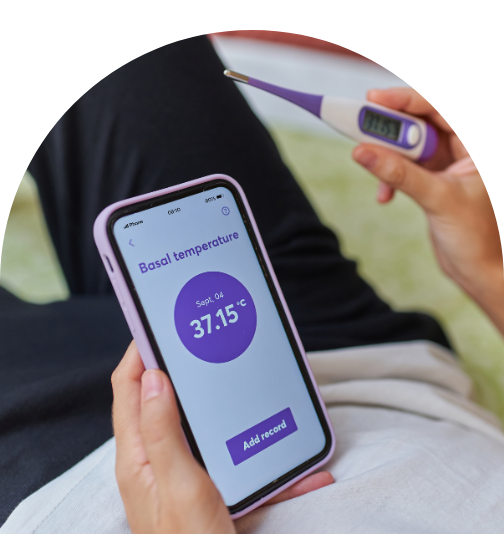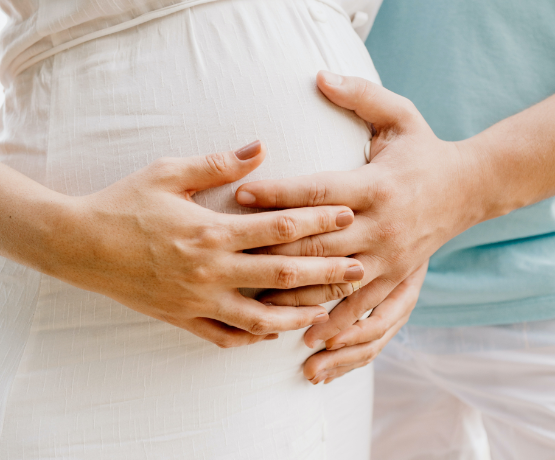And Boost Your Fertility
For many women, the journey to motherhood can be an exciting and transformative experience. While conceiving may seem like a simple process, understanding your menstrual cycle and tracking ovulation can significantly increase your chances of getting pregnant. In this article, we will delve into the topic of ovulation tracking and explore various ways to create a healthy lifestyle and environment that promote fertility.
Understanding the Menstrual Cycle
Before we dive into ovulation tracking, it’s crucial to understand the basics of the menstrual cycle. On average, a menstrual cycle lasts around 28 days, although this can vary from woman to woman. The cycle is divided into three main phases: the follicular phase, ovulation, and the luteal phase. Ovulation, the release of an egg from the ovary, is the most fertile period for conception.
If you would like our support to walk through the process step by step, we are here for you! Watch our free, on-demand masterclass here and take the action step to apply to work with us. We’ve helped countless couples like you succeed in optimizing their fertility, even when they are starting a family a little later in life.
Ovulation Tracking Methods
- Calendar Method: The calendar method involves keeping track of your menstrual cycle on a calendar. By noting the start and end dates of your periods over several months, you can estimate the approximate time of your ovulation. Most phone’s have a health app where you can enter in the dates of your menstrual cycle and thus get information on when you are ovulating. This method works best for women with regular cycles.
- Basal Body Temperature (BBT) Tracking: BBT tracking involves measuring your body temperature every morning before getting out of bed. A slight increase in temperature, typically by 0.5 to 1 degree Fahrenheit, indicates that ovulation has occurred. BBT tracking requires consistency and a special BBT thermometer. In our Fertility Kickstart Program, we recommend Tempdrop as a specific BBT trackers and use this method with our groups.
- Ovulation Predictor Kits (OPKs): OPKs detect the surge in luteinizing hormone (LH) that occurs just before ovulation. These kits are readily available at your local pharmacy and can be used at home. They provide a reliable indicator of when ovulation is likely to happen within the next 12 to 36 hours. The trick is to use the device within that window, so you will have to already have some insight on your cycle and an estimation of when you are ovulating.
Creating a Fertility-Friendly Lifestyle
Instead of just waiting to be informed that you’re ovulating, it’s equally important to create a lifestyle that is conducive to optimizing your fertility and staying healthy while pregnant. Consider this like a prolonged nesting phase, where you improve aspects of your home and life to increase your chances of getting pregnant. Here are the top areas that we recommend at Reimagined Fertility:
- Maintain a Balanced Diet: A nutrient-rich diet is essential for reproductive health. Include a variety of fruits, vegetables, whole grains, lean proteins, and healthy fats in your meals. Stay adequately hydrated and consider incorporating fertility-boosting foods like spinach, berries, avocados, and nuts.
- Regular Exercise: Engaging in moderate physical activity helps maintain a healthy weight and promotes overall well-being. However, excessive exercise or intense workouts can sometimes interfere with fertility. Strike a balance by engaging in activities like walking, swimming, or yoga.
- Manage Stress Levels: High levels of stress can disrupt hormone balance and interfere with ovulation. Incorporate stress-reducing practices such as meditation, deep breathing exercises, yoga, or engaging in hobbies you enjoy. Prioritize self-care and take time to relax and unwind.
- Avoid Harmful Substances: Smoking, excessive alcohol consumption, and drug use can significantly reduce fertility. It is advisable for both partners to abstain from these substances to optimize their chances of conception.
- Optimize Sexual Health: Maintain good sexual health. Regular sexual activity during the fertile window enhances the chances of conception.
- Consult a Healthcare Professional: If you have been actively trying to conceive for over a year (or six months if you are over 35) without success, consider seeking guidance from a fertility specialist. At Reimagined Fertility, we work with couples who struggle to conceive under conventional methods. With our 4R Fertility Formula™, 80% of couples achieve a successful pregnancy.
Conclusion
Tracking ovulation and adopting a healthy lifestyle can significantly increase your chances of conceiving. By understanding your menstrual cycle, using ovulation tracking methods, and creating a fertility-friendly environment, you empower yourself with knowledge and take proactive steps towards achieving your goal of becoming a mother. Remember, patience and persistence are key, and the journey to conception is unique for every woman. Stay positive, take care of yourself, and trust in the miracle of life.








